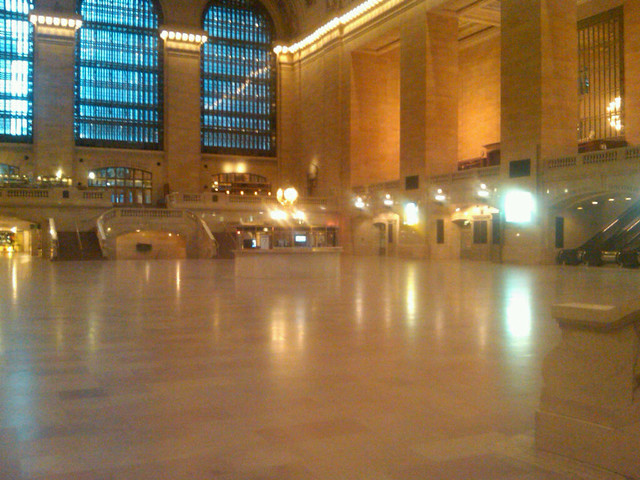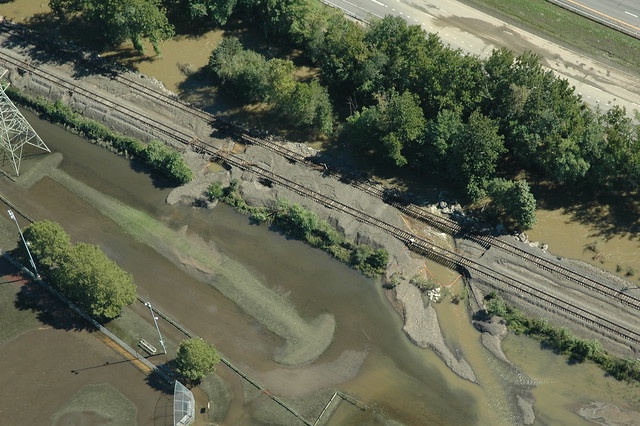
A vintage IRT trainset will be decked out in Boardwalk Empire ads this month.
Railfans and regular straphangers love vintage train car rides, but the MTA has found them to be a bit costly. During times of austerity, the authority hasn’t been as willing to let loose the old trainsets as they once were, but it seems as though they’ve solved this problem through advertising. For the month of September, a Boardwalk Empire-branded vintage trainset will run on the West Side IRT on the weekends as HBO gears up to promote the new series.
Here’s what the pitch e-mail has to say:
Starting on Saturday, September 3rd an authentic vintage 1920’s train will run on the express 2/3 track in Manhattan throughout September (specifically, from 12 to 6 p.m. on Saturdays and Sundays). Originally operated by the Interborough Rapid Transit (IRT) system, the train began service back in 1917 and will once again be operational. Customers who have the opportunity to ride the vintage train will be transported back in time to the Prohibition era with authentic details such as rattan seats, ceiling fans and drop sash windows, as well as a custom branded interior featuring Boardwalk Empire-inspired period artwork.
For the weekend of the premier — September 24 and 25 — so-called “brand ambassadors” will be giving away free MetroCards as well. HBO is apparently going all out, and as you can see from the image above, the faux-vintage ads in the Nostalgia Train cars have given way to Boardwalk Empire branding.
This is of course a rather unique promotion since there aren’t too many period pieces on TV that take place in New York, but I’m curious about the economics of it. I’ve reached out to the MTA for more information, and if I hear a pricetag, I’ll pass it along. In the meantime, click through for another look at the sponsored subway car. I wonder if it’ll be an air conditioned ride.



